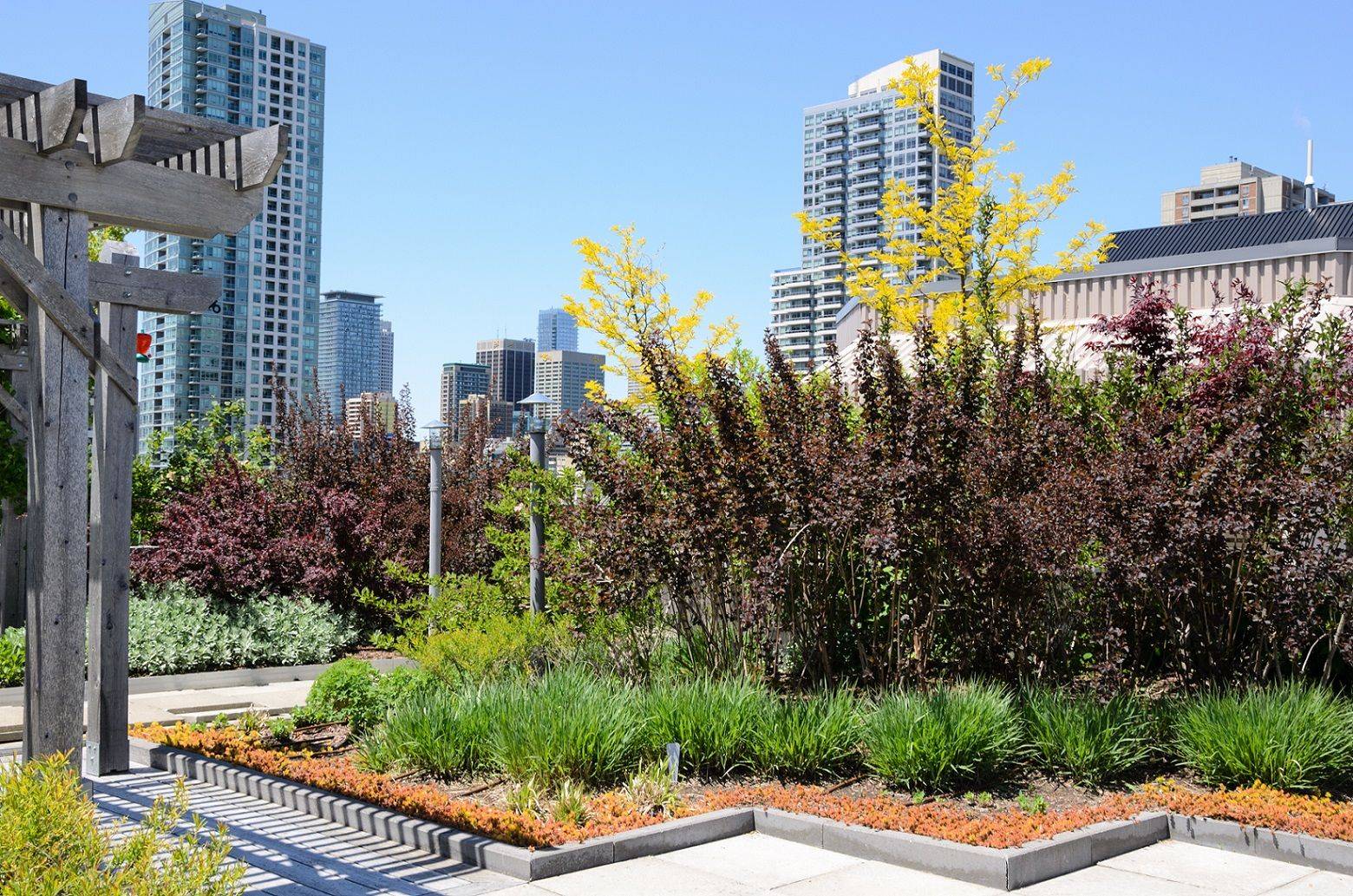
On the ground at COP28: our top three takeaways and where the built environment goes next
Following the close of COP28 in Dubai our global head of ESG Advisory Services, Robert Spencer, shares his key observations and their implications for the built environment.
As the sun set on another COP there was palpable energy, but also urgency, in the air. The historic agreement to transition away from fossil fuels in the final text rounded off what was a dynamic conference, beginning with a strong funding pledge for the loss and damage mechanism. From commitments to triple renewables capacity and double energy efficiency by 2030 to $1 billion mobilized for methane reduction efforts, there was much to be hopeful about as COP28 drew to a close. But critically, there is still much to be done.
Time for systemic change
There’s been a noticeable shift toward systemic and integrated change, with cross-sectoral collaboration rising to the fore. At COP26, we saw some industries moving ahead in disparate directions with one-off initiatives. The aviation industry’s efforts, for example, were fragmented in Glasgow with discussions of pilot approaches for sustainable aviation fuel (SAF). At COP28, conversely, aviation had a significantly more integrated, collaborative approach with net zero plans for SAF deployment that span the industry.
We’re seeing this trend in the ports and shipping industry as well, where they’re on a journey to electrify their port systems and are working together to explore hybrid fuel systems for international shipping. While still early days, the Oil and Gas Decarbonization Charter aims to bring the entire oil and gas industry together for the first time to negotiate a strategy for reducing emissions. Going forward, alliances, industry-wide efforts and large-scale change will steer acceleration toward net zero.
Nature takes center stage
The link between climate change and nature is clear and we’ve seen a significant increase in funding for nature programs. Among those announced at the conference was US$100 million from the Bezos Fund for the new ocean reserve in the South Pacific. The UN has reported 2022 investment in nature-based solutions (NBS) at $154 billion. This will need to double by 2025 and triple by 2030 to meet global biodiversity commitments agreed at the first Montreal Climate Summit.
As such, much attention is being paid to financing methods that de-risk projects implementing nature-based solutions. One approach we see gaining traction is biodiversity credits. Along with carbon credits, they can help to encourage investment in infrastructure utilizing NBS, which can complement or even replace traditional infrastructure in some instances. The newly launched Playbook for Nature-positive Infrastructure Development can support this implementation as we look to build more resilient, sustainable, livable cities and neighborhoods that have nature flourishing within.
Infrastructure transition gets much needed structure
Initiatives like the Buildings Breakthrough, launched by the Governments of France and Morocco with the UN Environment Programme, highlight the need for a more structured approach to the infrastructure sector’s net zero transition. Initially raised at COP26, Dubai saw the idea come to fruition as 27 countries pledged their commitment to making near- and net-zero emission buildings the norm by 2030. This relates to new buildings but includes a real focus on retrofitting our existing building stock as well.
In 2022, the buildings and construction sector accounted for 34 percent of all energy-related CO2 emissions. Global investment in the sector has risen almost 55 percent from $US156 billion in 2015 to $US285 billion in 2022. While we’re not currently on track to reach decarbonization goals, the breakthrough initiative’s efforts to bolster international collaboration are essential if we are to follow our 1.5C north star. A coalition will conduct annual assessments of global progress and the first-ever Buildings and Climate Global Forum will be held in March 2024 to help shift to implementation mode.
Where and what next?
Following a significant amount of discussion, deliberating, launching, planning and pledging, there’s a tremendous amount of work to do to move us from ambition to action. We must capitalize on and continue to talk about these themes well beyond COP28, but most importantly, we must take steps to operationalize.
At the start, every organization needs to build a tailored plan for transformation. Developing this should involve an advisor with the right technical ability — knowledge of the increasingly multifaceted energy infrastructure landscape, plus implementation experience of new and coming technologies — to build a long-term roadmap. Focusing on the roadmap’s smaller and more affordable initiatives first will bring early results to help build and sustain the progress set in motion in Dubai.
For more on how we can help shape your plans to align with COP28 initiatives such as tripling renewables, doubling energy efficiency, mainstreaming nature-based solutions and getting as close as possible to net zero building emissions by 2030, explore our ESG advisory services here.
COP28: Outlook and implications for the Energy Transition webinar
Join our AECOM Energy and ESG experts - Frank Sweet (Global Business Line Chief Executive, Environment and Energy), Adrian Del Maestro (Global Energy Advisory Lead), Jennifer Obertino (Global Energy Practice Leader), Robert Spencer (Global ESG Advisory Services Lead), Farah Naz (Direct of ESG and Innovations, Middle East and Africa) and Yaser Ali (ESG Business Operations Lead, Middle East and Africa) - as they discuss the major themes, takeaways and commitments from COP28. Discover the connections between infrastructure, nature-based solutions and the global transition to clean energy.
Watch now
For more topical insights from our global network of expert ESG advisors, sign up to get The ESG Advisor direct to your inbox.
